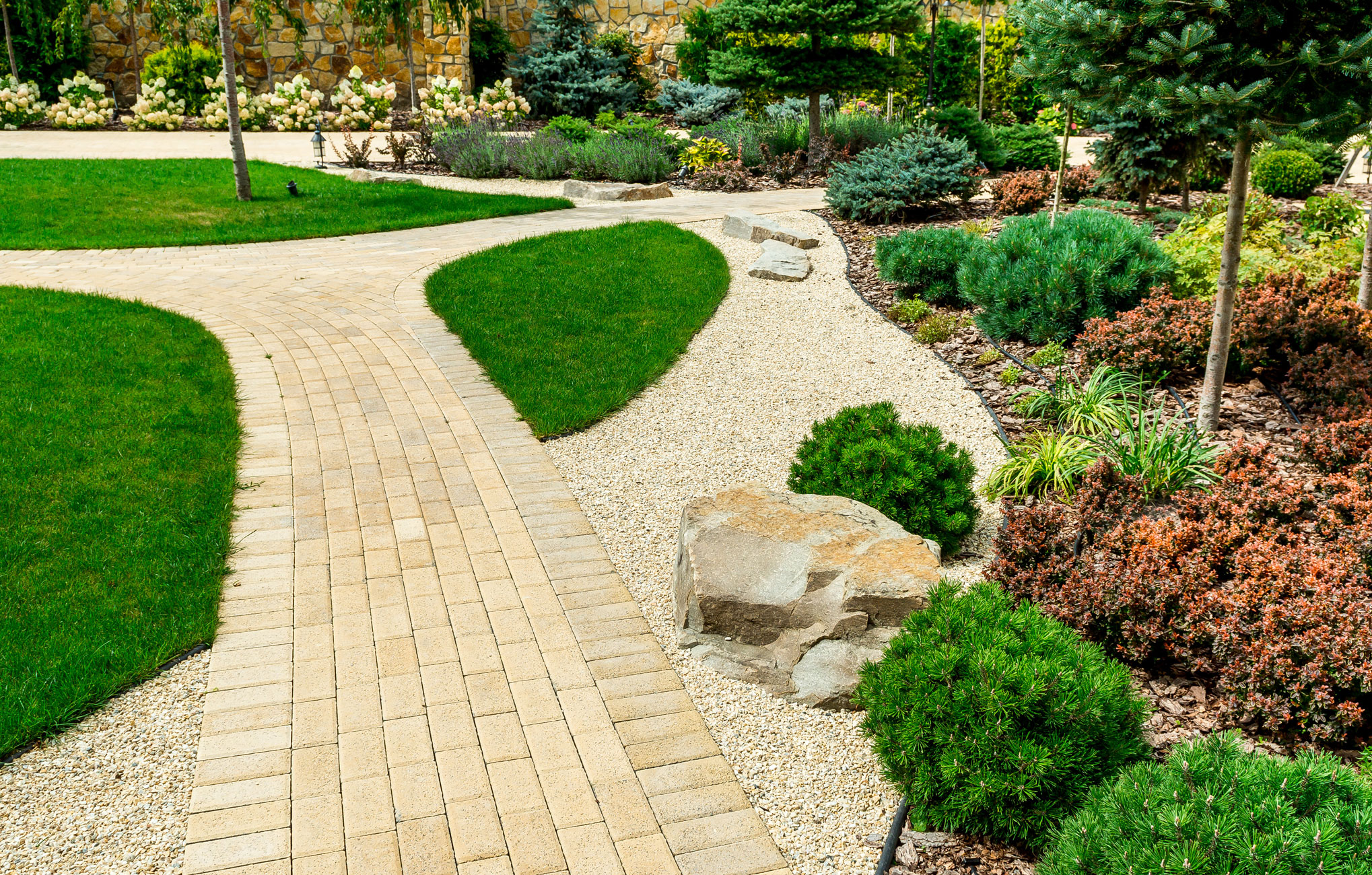When it comes to designing and enhancing your outdoor space, one of the key decisions you'll face is choosing the right materials for your hardscaping. Among the various options available, concrete and pavers are two popular choices that offer durability, functionality, and aesthetic appeal. In this article, we will delve into the characteristics of both concrete and pavers, exploring their pros and cons, to help you make an informed decision for your outdoor space.
Concrete has long been a staple in outdoor construction due to its strength and versatility. It is made by mixing cement, aggregates, water, and sometimes additives, resulting in a solid, durable surface. On the other hand, pavers are individual units made from various materials, such as concrete, natural stone, or clay, that can be interlocked to create a cohesive surface. Both options have their own unique advantages, so let's examine them in detail.
Durability is a crucial factor when choosing materials for your outdoor space. Concrete is known for its exceptional strength and longevity. Once properly installed, it can withstand heavy loads, extreme weather conditions, and regular foot traffic without significant wear and tear. Pavers, while also durable, offer an additional advantage in terms of flexibility. Since they are installed individually, they have the ability to shift and adjust with the natural movement of the ground, reducing the risk of cracks or damage. In case a paver does get damaged, it can be easily replaced without affecting the entire surface.
Aesthetics play a significant role in creating an appealing outdoor space. Concrete can be customized in terms of color, texture, and finishes, allowing for a wide range of design possibilities. It can be stamped, stained, or scored to mimic the appearance of more expensive materials, such as natural stone or brick. Pavers, on the other hand, offer a distinct charm and elegance. They come in various shapes, sizes, and colors, enabling you to create intricate patterns and designs that suit your personal style. Pavers also have a natural beauty that can enhance the overall aesthetics of your outdoor space.
Installation is another aspect to consider when comparing concrete and pavers. Concrete installation typically involves pouring and leveling the mixture, which requires professional expertise and equipment. It can be a time-consuming process as the concrete needs time to cure properly. Pavers, on the other hand, can be installed more efficiently. The interlocking units can be laid on a compacted base, minimizing the time required for installation. This can result in cost savings, especially in terms of labor expenses.
Maintenance is an important consideration to keep your outdoor space looking pristine. Concrete surfaces are relatively low-maintenance, requiring occasional cleaning and sealing to maintain their appearance and protect against stains. However, if cracks do appear, they can be difficult to repair seamlessly. Pavers, on the other hand, are easier to maintain. Individual units can be lifted and replaced if needed, and if a particular paver becomes stained, it can be easily swapped out. Regular sweeping and occasional power washing can keep pavers looking fresh and vibrant.
Cost is often a deciding factor for many homeowners when choosing between concrete and pavers. Concrete is generally more cost-effective upfront, as the materials are readily available and the installation process is simpler. However, it's important to consider long-term costs as well. While concrete may require fewer repairs initially, any cracks that occur can be more challenging and costly to fix. Pavers, although initially more expensive, offer the advantage of individual replaceability, potentially reducing long-term repair costs.
Both concrete and pavers have their own merits, and the choice ultimately depends on your specific needs and preferences. Concrete provides durability, versatility, and a range of design options, while pavers offer flexibility, aesthetic appeal, and ease of maintenance. Consider factors such as your budget, desired aesthetic, and long-term maintenance expectations to make the best decision for your outdoor space. Consulting with a professional hardscaping contractor can also help you navigate the options and ensure a successful outcome. Whether you opt for concrete or pavers, investing in your outdoor space will undoubtedly enhance the beauty and functionality of your property for years to come.

.jpeg)